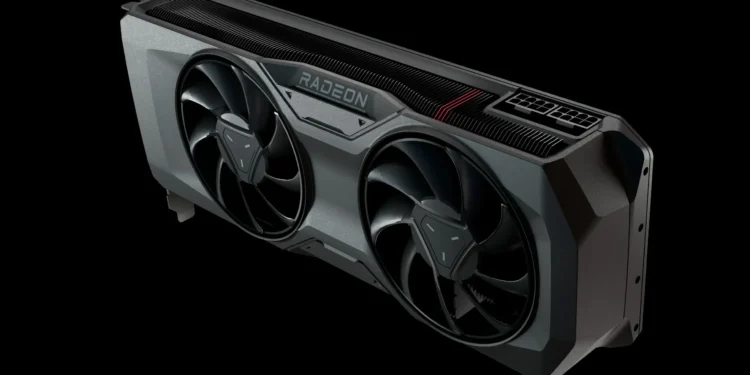As the graphics card industry braces for another groundbreaking year, AMD finds itself at a critical juncture. With Nvidia and Intel aggressively vying for dominance, AMD’s strategy for its forthcoming RDNA 4 series seems to focus less on high-end flagships and more on capturing the midrange market—a move that could redefine its position in the GPU hierarchy.
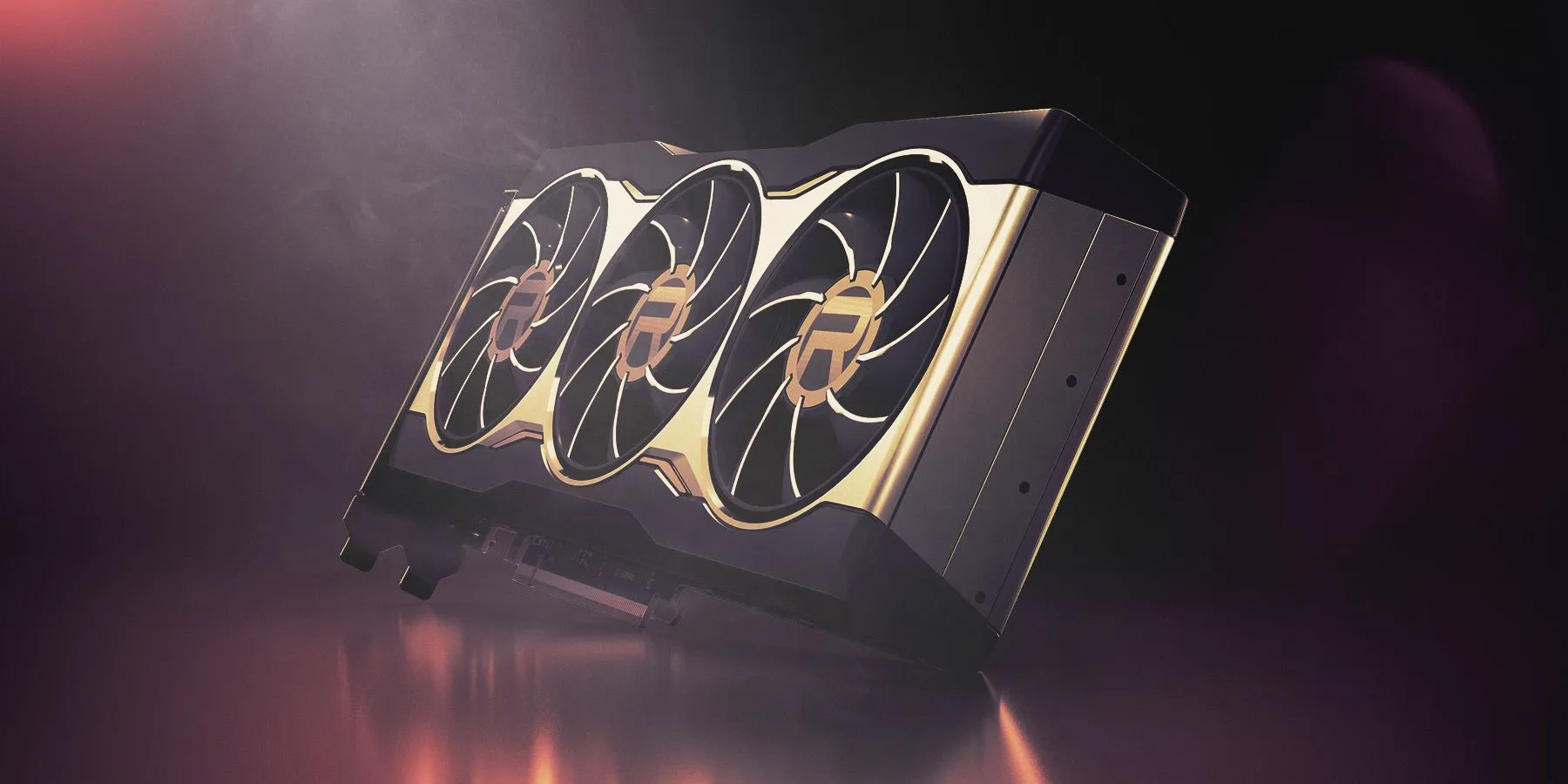
A New Direction in a Diverse Market
AMD, traditionally known for exerting downward pressure on GPU prices, now faces a market that’s diverging significantly in its approach to pricing and performance. Despite not having released official details about their next-generation RDNA 4 graphics cards, AMD has hinted at a strategic pivot away from the high-stakes battle for the top spot dominated by Nvidia.
Jacob Roach from Digital Trends reports that AMD’s upcoming RX 9070 XT, expected to lead this midrange initiative, is rumoured to perform on par with Nvidia’s RTX 4070 Ti or even the RX 7900 GRE, but at a potentially lower price point. This positions AMD’s offering as a compelling choice for gamers who are increasingly finding themselves priced out by Nvidia’s high-end models.
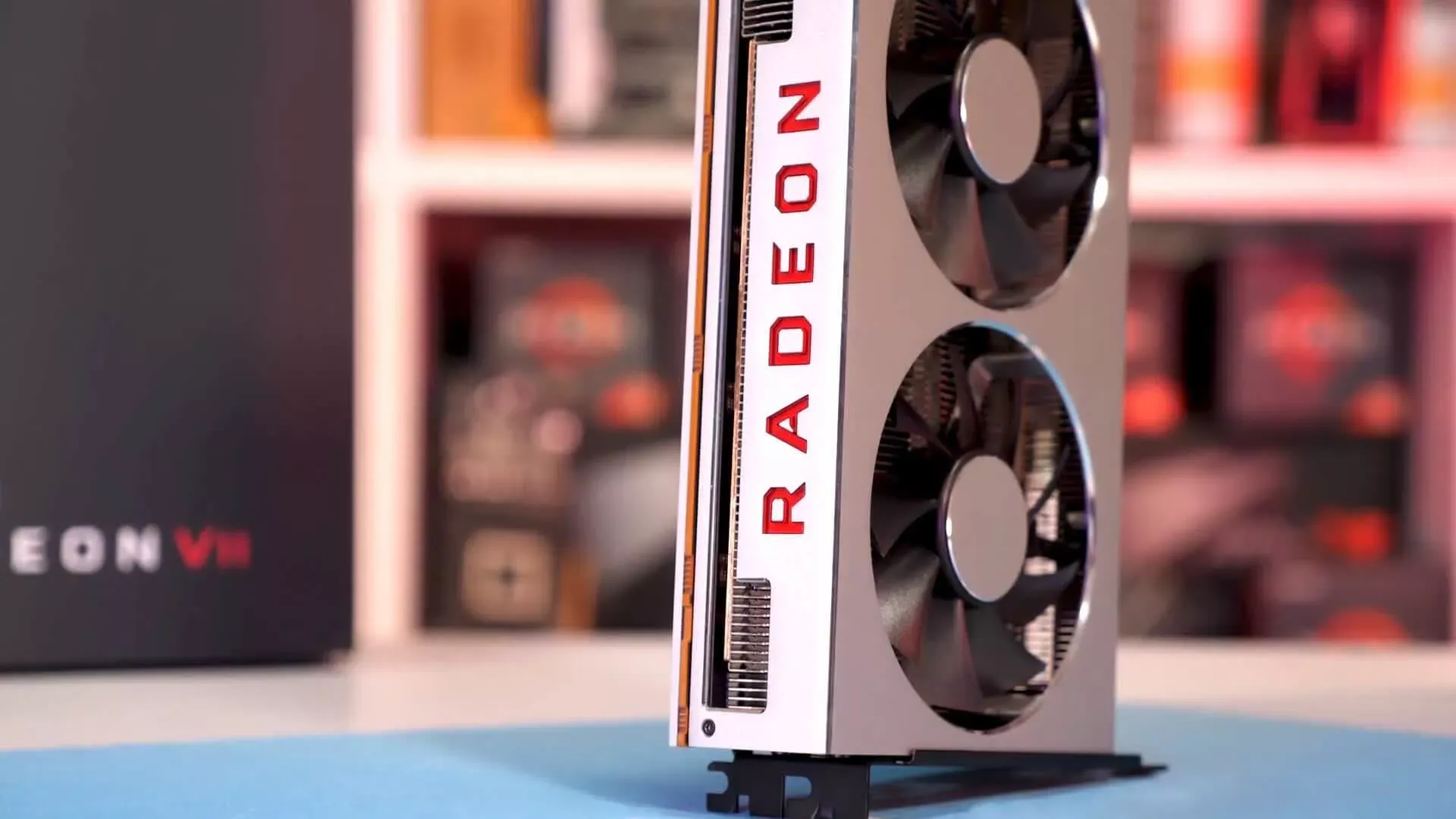
The Midrange Sweet Spot: AMD’s New Battlefield
The focus on midrange GPUs appears to be a calculated response to the current market dynamics, where Nvidia continues to push the envelope with flagship models priced well above $1,000. Meanwhile, Intel targets the budget-conscious segment with sub-$300 offerings. This leaves AMD in a precarious position, aiming to strike a balance between performance and affordability.
“AMD has decided not to play ‘king of the hill’ with Nvidia but instead is focusing on providing competitive performance at midrange prices,” says Roach. This shift could potentially disrupt the market by providing a viable alternative to consumers who are unwilling or unable to invest in the increasingly expensive flagship GPUs.
The Challenges of Avoiding Direct Competition with Nvidia
While AMD’s strategy of avoiding confrontation with Nvidia in the high-end market might seem prudent, it does not come without risks. Rumours suggest that Nvidia’s RTX 5090 could outpace its predecessor by as much as 70%, setting a new benchmark for what’s considered flagship performance.
This significant performance gap poses a challenge for AMD as it tries to carve out a niche in the midrange sector without directly challenging Nvidia’s dominance at the high end. “AMD’s next-gen cards are expected to fall below the threshold of next-gen flagship GPUs, which might make them less appealing to hardcore enthusiasts,” Roach notes.
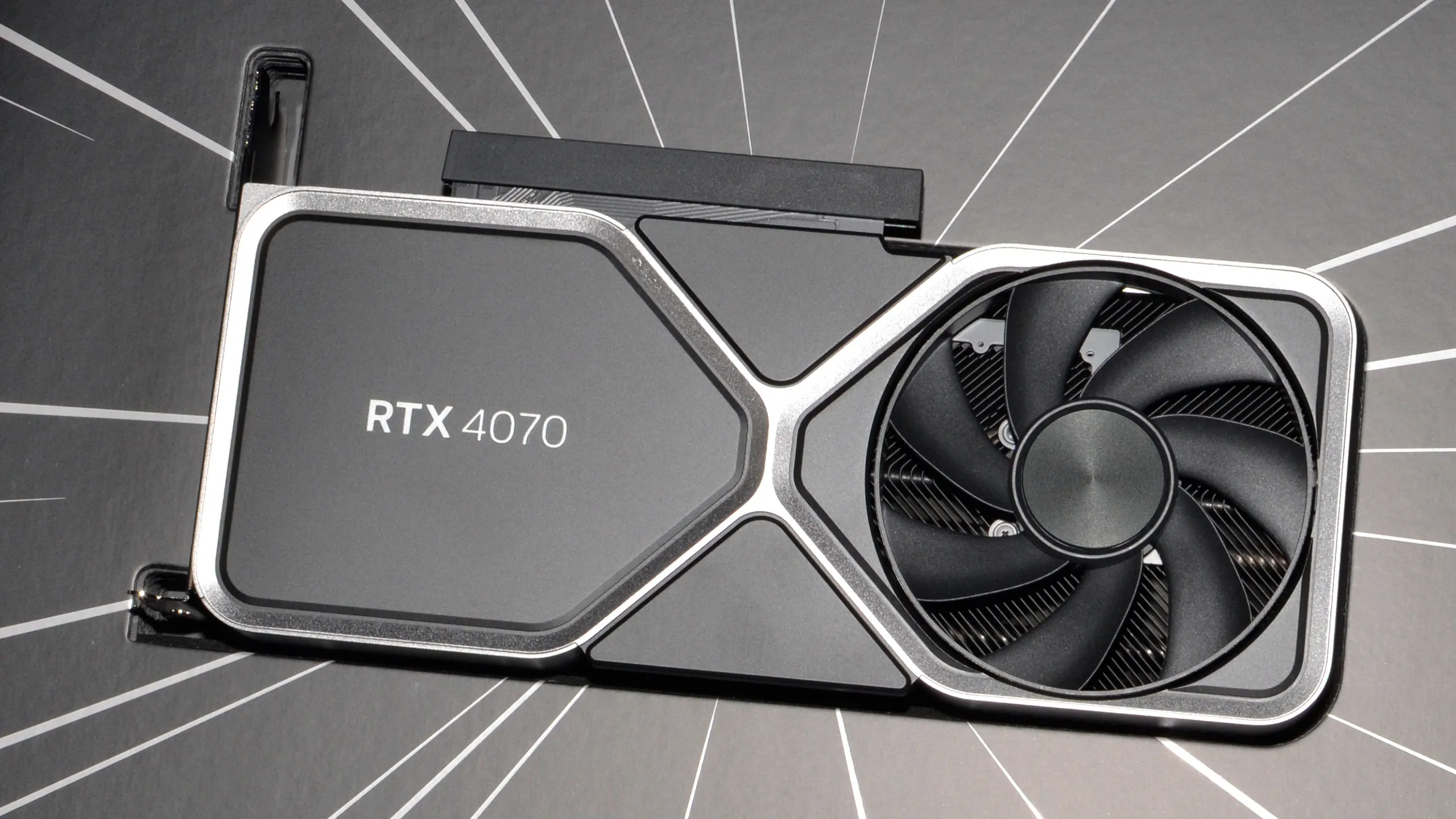
Navigating Market Expectations and Pricing Pressures
Another major hurdle for AMD is the internal competition with its previous generation models. As newer GPUs are launched, the older models often see price reductions, making them more attractive to budget-conscious buyers. This could potentially cannibalize the market for AMD’s new releases if they are not priced aggressively enough to compete with their last-gen offerings.
Moreover, AMD needs to ensure that its pricing strategy does not undermine the value proposition of its upcoming GPUs. A delicate balancing act is required to maintain competitiveness without eroding the perceived value of both new and old product lines.
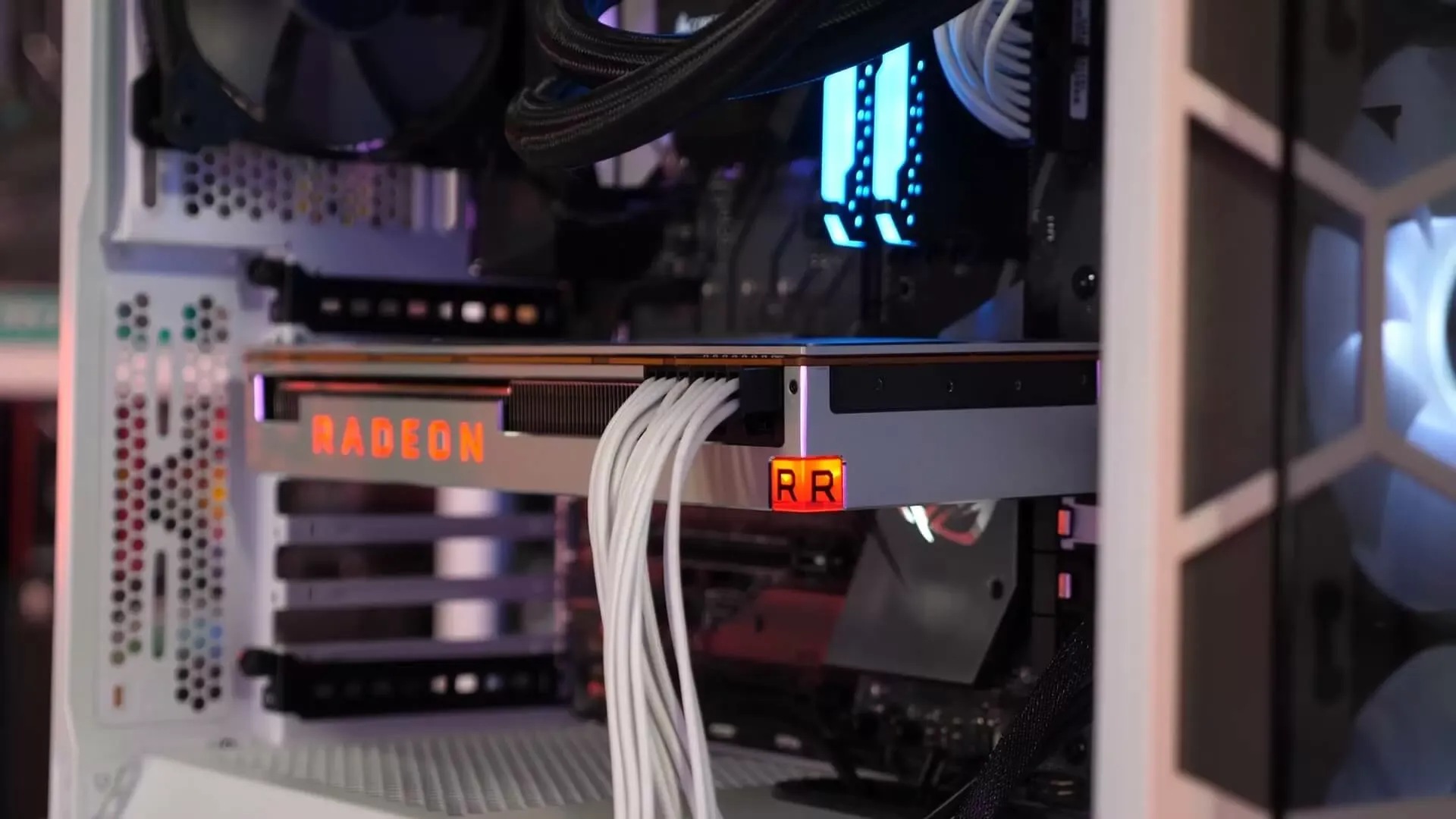
Looking Ahead: A Dynamic Market Awaits
As the GPU market continues to evolve, AMD’s decision to target the midrange could prove to be a savvy move, especially as economic pressures and rising prices make cost-effective solutions more appealing than ever. However, the success of this strategy will largely depend on how well AMD can navigate the complex interplay of market dynamics, consumer expectations, and competitive pressures.
The coming months will undoubtedly be crucial for AMD as it seeks to assert its new strategic direction in the face of stiff competition from both Nvidia and Intel. As the landscape of the GPU market shifts, all eyes will be on AMD to see if this pivot towards the midrange can help it regain a competitive edge in a rapidly changing industry.

